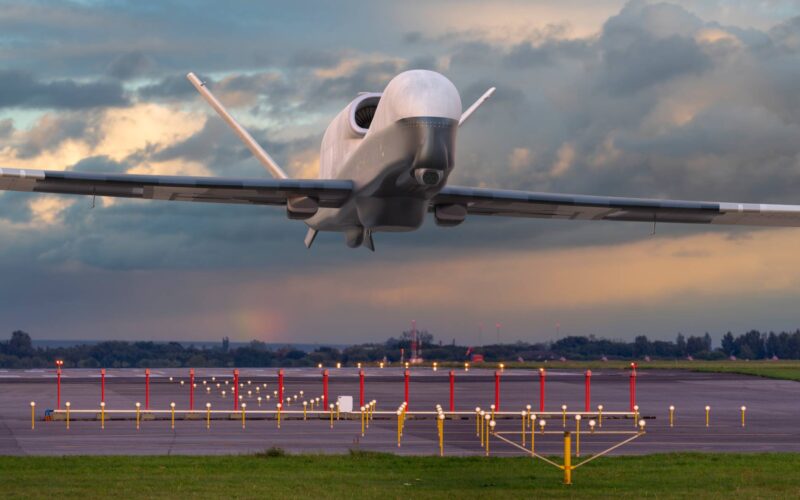NASA has signed a partnership agreement with Northrop Grumman that seeks to integrate drone operations into an existing air traffic system.
The project, which is a part of NASA’s Air Traffic Management eXploration (ATMX) effort, is focused on large cargo drones currently in development.
The goal of the collaboration is to integrate operations of such drones into National Airspace System (NAS), a Federal Aviation Administration (FAA)-managed network of air navigation facilities, equipment and services that ensures smooth operation of all aviation assets in the US airspace.
“Our work together will improve airspace access and transform how uncrewed systems are used to transport goods across U.S. airspace and help establish airspace integration critical to future manned unmanned teaming efforts,” Tom Jones, corporate vice president and president of Northrop Grumman Aeronautics Systems, is quoted as saying in the company’s press release.
“What we’re doing this for is to implement an architecture and a framework that becomes the policy for how uncrewed 767s at FedEx and Amazon and everybody will do things,” Richard Sullivan, vice president of program management at Northrop, explained in a press conference, as reported by Defense One.
While Northrop Grumman have not announced a project to develop a commercial unmanned cargo aircraft, it was likely chosen by NASA for its extensive portfolio of autonomous military designs.
The company is known for developing projects like the RQ-4 Global Hawk reconnaissance drone, the X-47B carrier-based combat drone technology demonstrator, and the MQ-8 Fire Scout unmanned helicopter.
Adapting legislation and procedures has long been identified as one of the major barriers for large-scale drone operations, be they small quadcopters for door-to-door deliveries or yet-to-be-developed unmanned cargo aircraft that could compete with manned designs like the Boeing 767, as mentioned in Sullivan’s comment.

